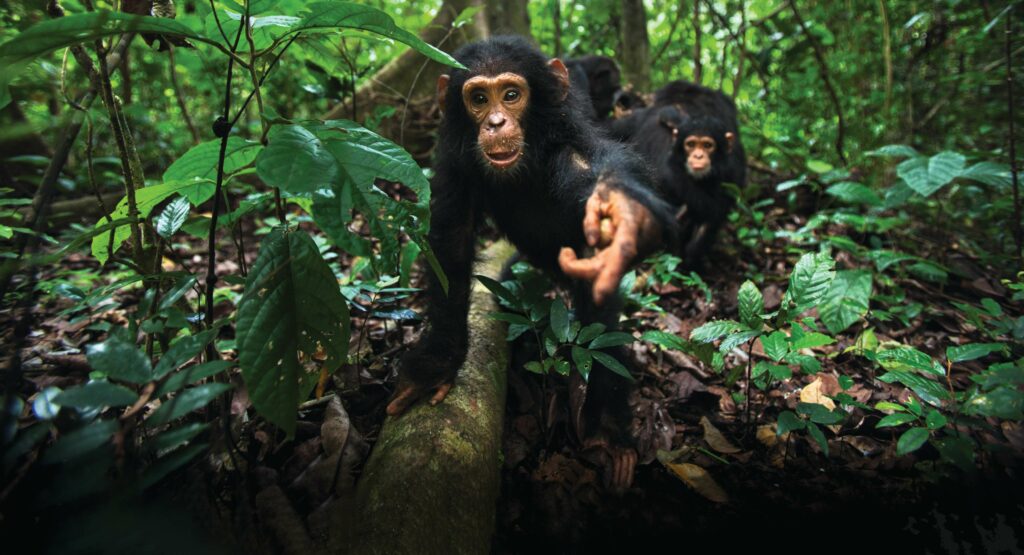Humans can understand gestures of other great apes

WE MAY NO LONGER USE THE gestures used by other great apes, yet we can still understand what they mean.
That is the conclusion of a new study by scientists at the University of St Andrews, published in PLOS Biology. The study, led by Kirsty Graham and Catherine Hobaiter, involved 5,500 people playing an online game in which they had to interpret the 10 most common gestures used by chimpanzees and bonobos.
Participants were asked to select the meaning of each gesture from four possible answers, and got them right more than 50 per cent of the time. Additional detail on the context of the communication only had a very small effect on success, suggesting that humans can correctly interpret ape gestures from the actions themselves.
Video experiments have in the past been used to test language comprehension in nonhuman primates, but this study is the first to assess our own ability to understand the gestures of our closest living relatives.

“All great apes use gestures, but humans are so gestural – using gestures while we speak and sign, learning new gestures, pantomiming etc – that it’s really hard to pick out shared great ape gestures just by observing people,” says Kirsty Graham. “By showing participants videos of common great ape gestures instead, we found that people can understand these gestures, suggesting that they may form part of an evolutionarily ancient, shared gesture vocabulary across all great ape species, including us.”
The research builds on decades of work during which the scientists created a library of almost 100 gestures that apes use in day-to-day life.
Chimpanzees, for instance, use a ‘reaching’ movement when asking for food.
Once the meaning of the gestures between the animals had been established, scientists could then investigate whether humans could still interpret them.
Catherine Hobaiter says, “We can decode these gestures almost instinctively. It’s a useful reminder that we are also great apes! And that, even though today modern humans have language, we’ve kept some understanding of our shared ancestral system of ape communication.”